Three things to know about lane-keeping on the 2019 Ford F-150
A gentle guiding hand – when you want it
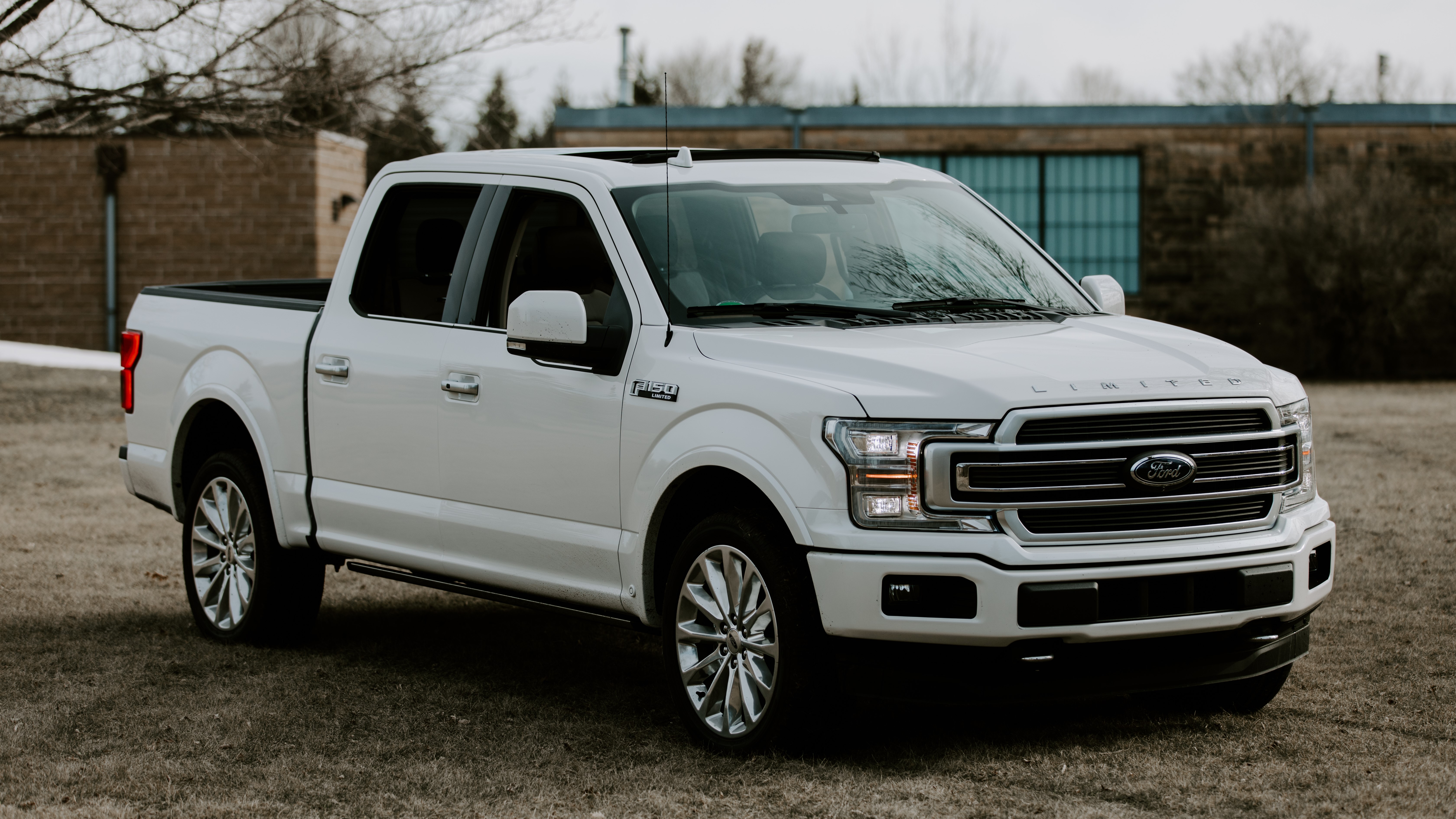
A truck is the perfect candidate for cutting edge automotive innovations. Anyone who's used one will know they can be quite a beast to drive, lugging around a massive trailer, lumbering over loose gravel or thick wet mud, or just heading off to work on a windy day. I’m all for the flexibility they provide for people hauling one day and transporting tree stumps the next, but most of us aren't commercial-grade truck drivers. We need all the help we can get.
That’s why I decided to test out how lane-keeping technology helps on the 2019 Ford F-150 4x4 Supercrew. It’s a five-seater with plenty of tech extras, including support for Android Auto and Apple CarPlay. I’ve tested lane-keeping in nearly all major makes and models, but not in the F-150 with the express purpose of finding out if it can help me drive a truck easier.
To get started, I loaded up the back with bikes and other cargo. I want to create a typical scenario where the truck bed is filled and adds some extra weight and objects to trap the wind. I also made sure I tested on roads with clear should markings, which helps the sensors. Here’s what I found out.
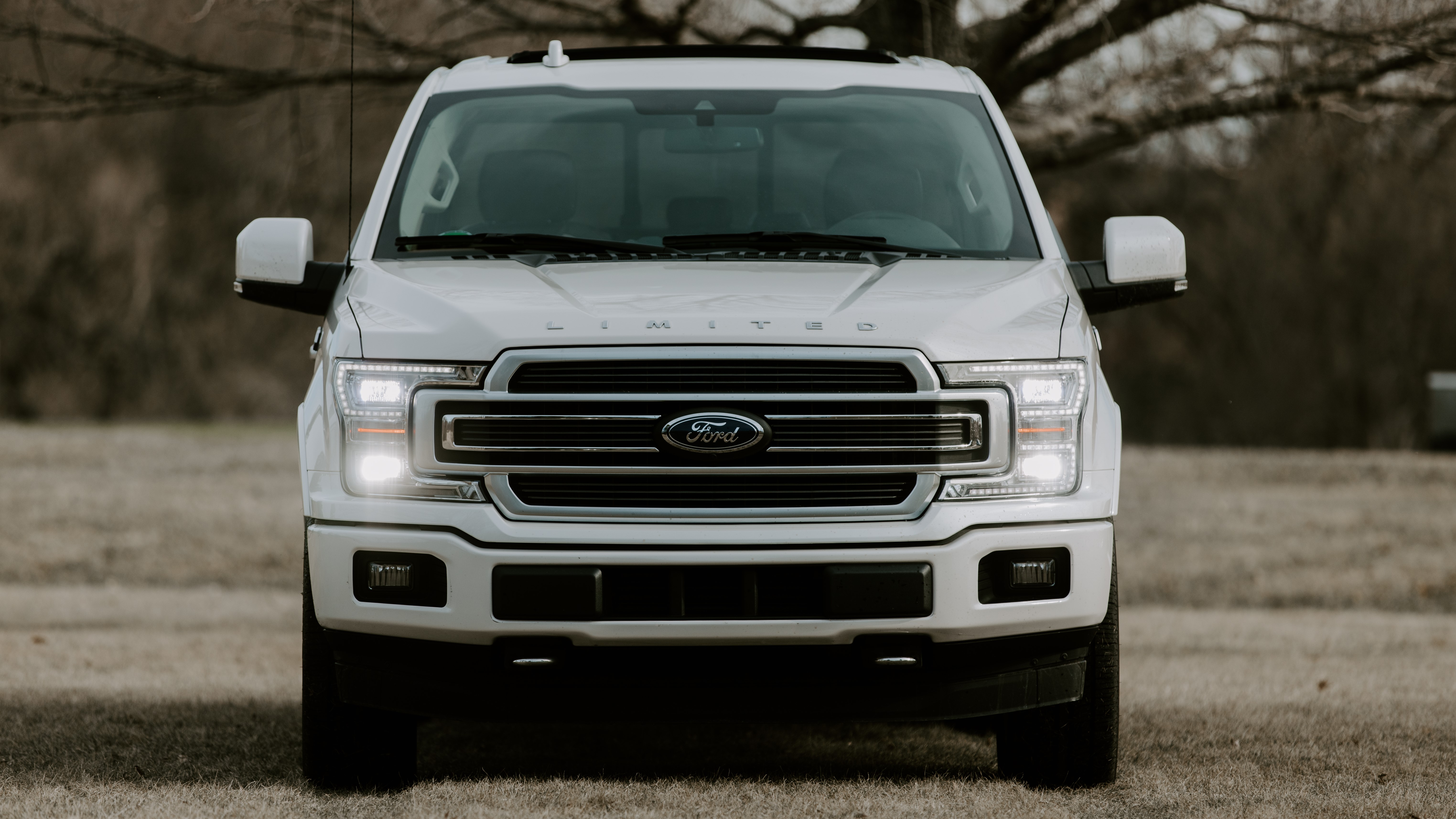
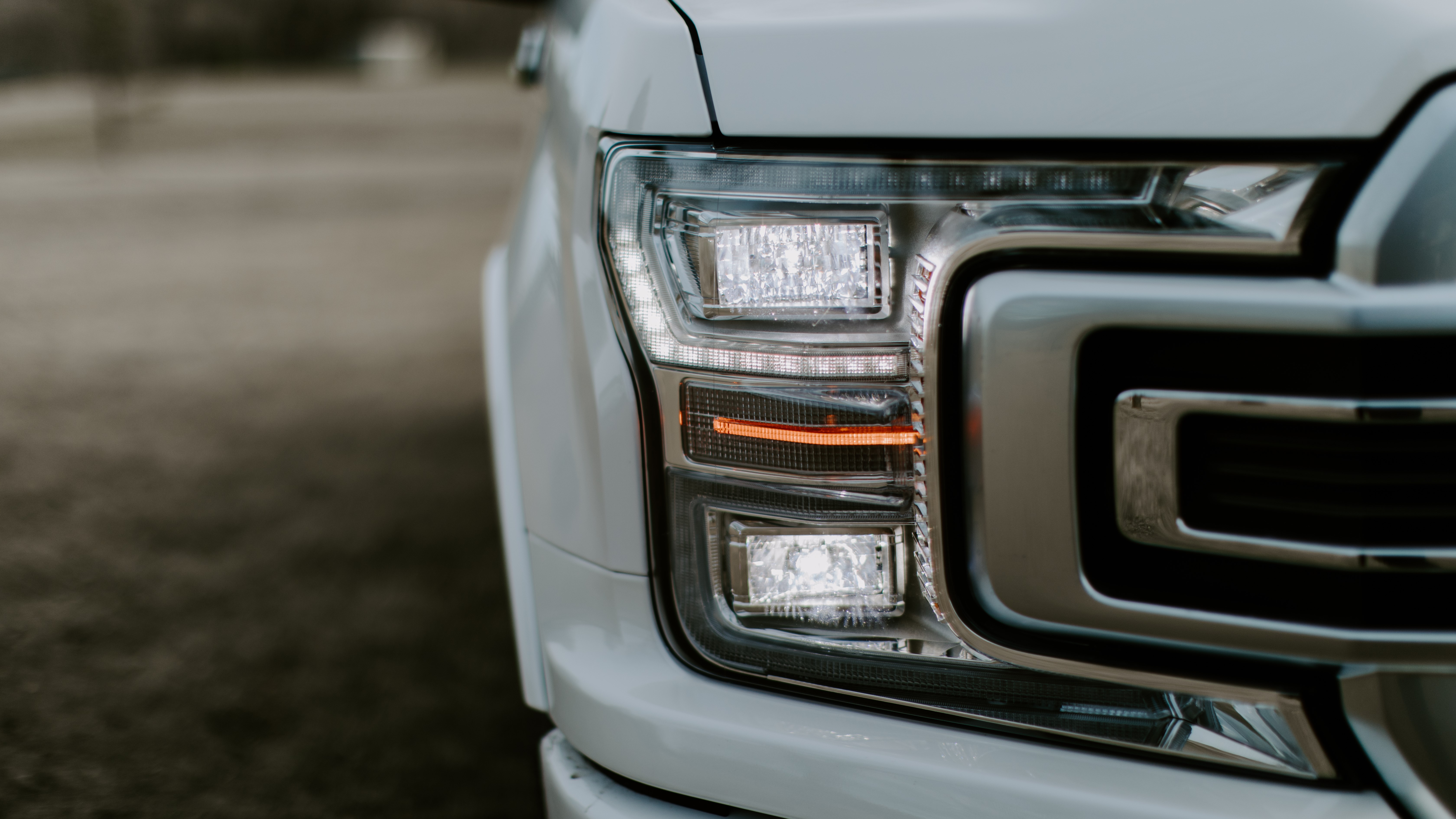
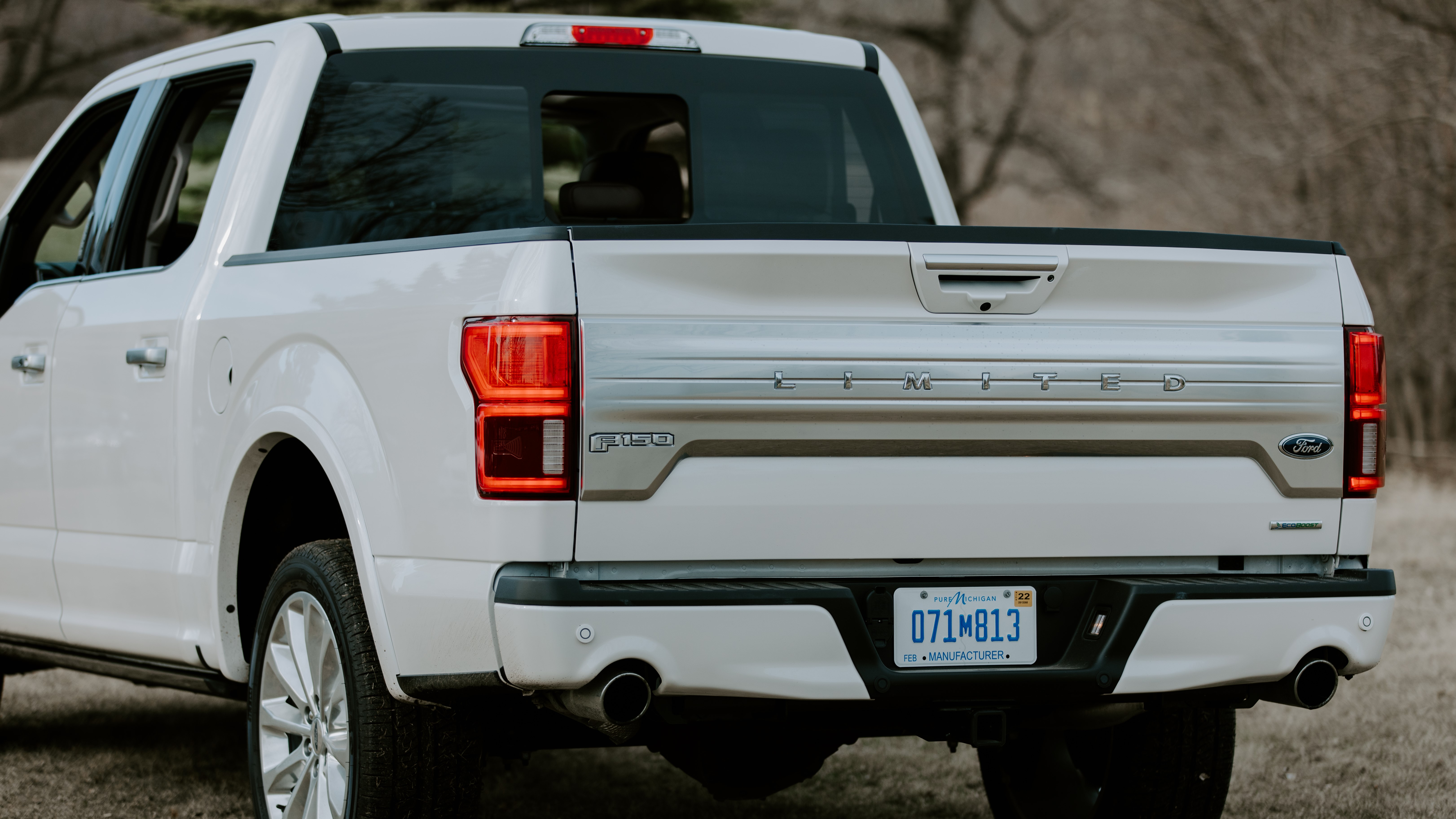
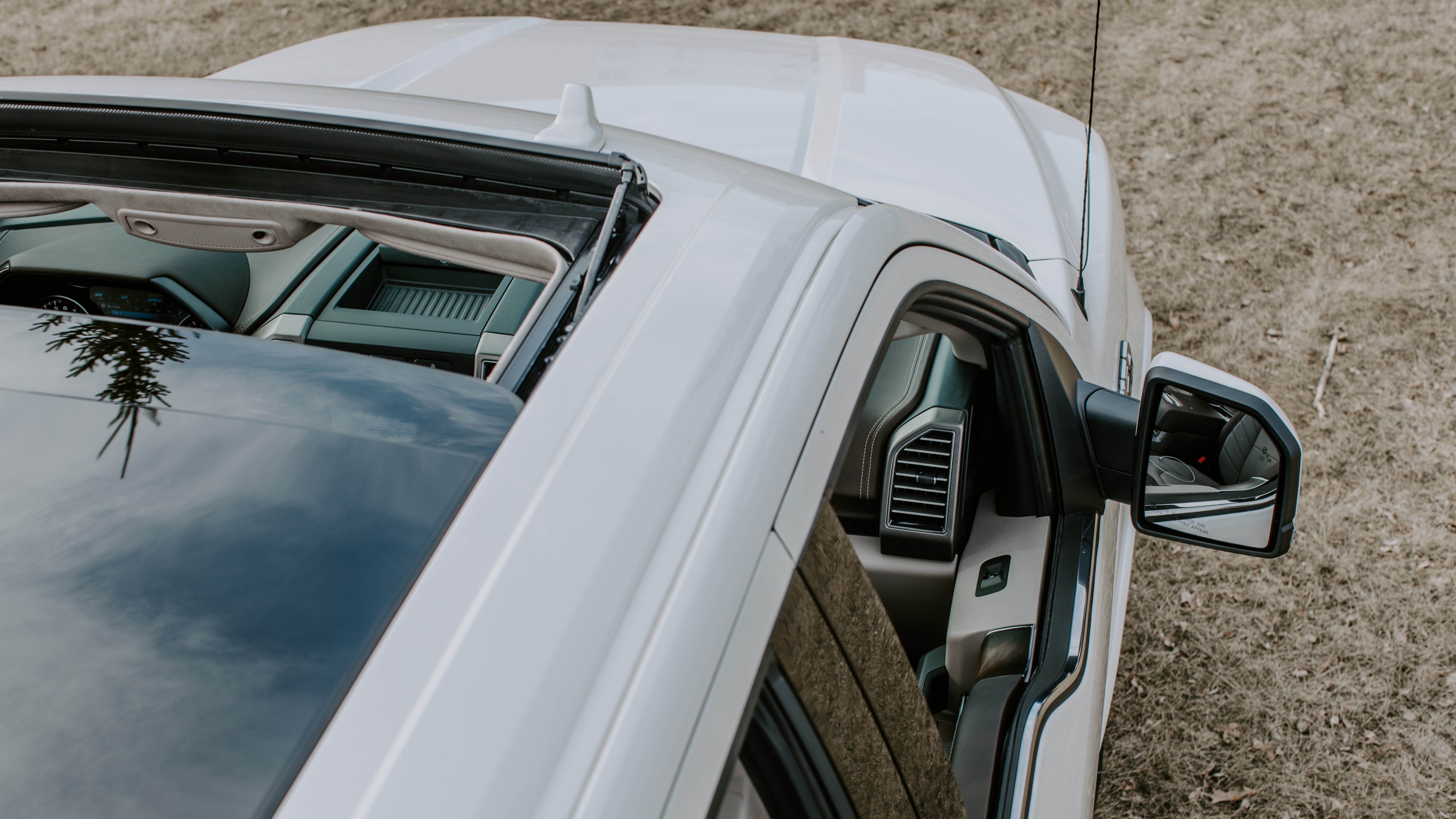
The lane-keeping aids are subtle, and that’s a good thing
I liked how the F-150 doesn’t push you around on the road. When you drift out of a lane, there’s no hard nudge to get you centered again, but more of a slightly redirection. I tested this on multiple trips on a highway, a few country roads, and just around my neighborhood.
It’s a softer nudge than I remember on many Infiniti models and even on previous Ford SUV tests. On one highway test, the F-150 would ease me back gradually at times. When I purposefully inched over the shoulder markings, the truck countered my movement. Good so far.
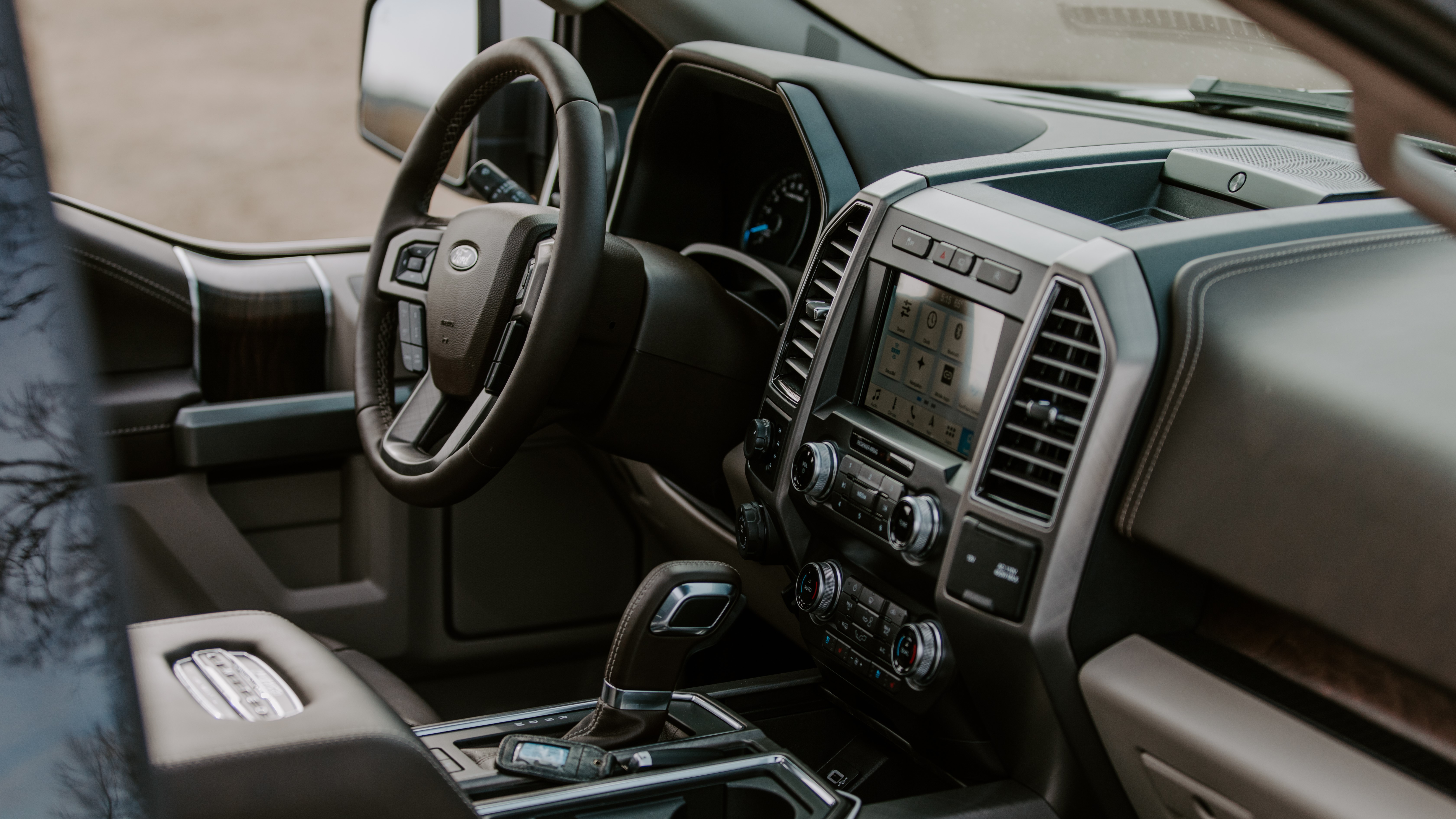
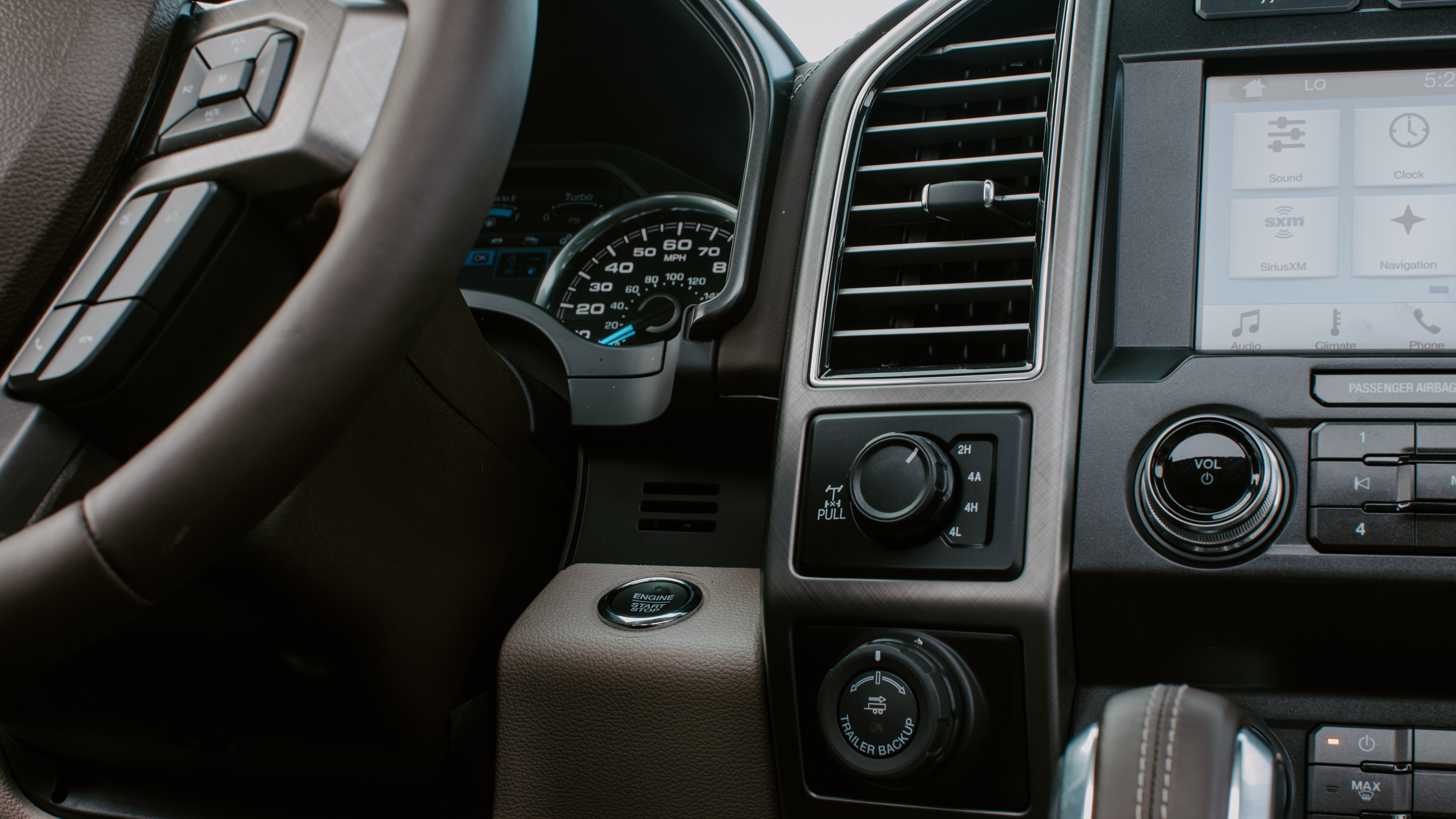
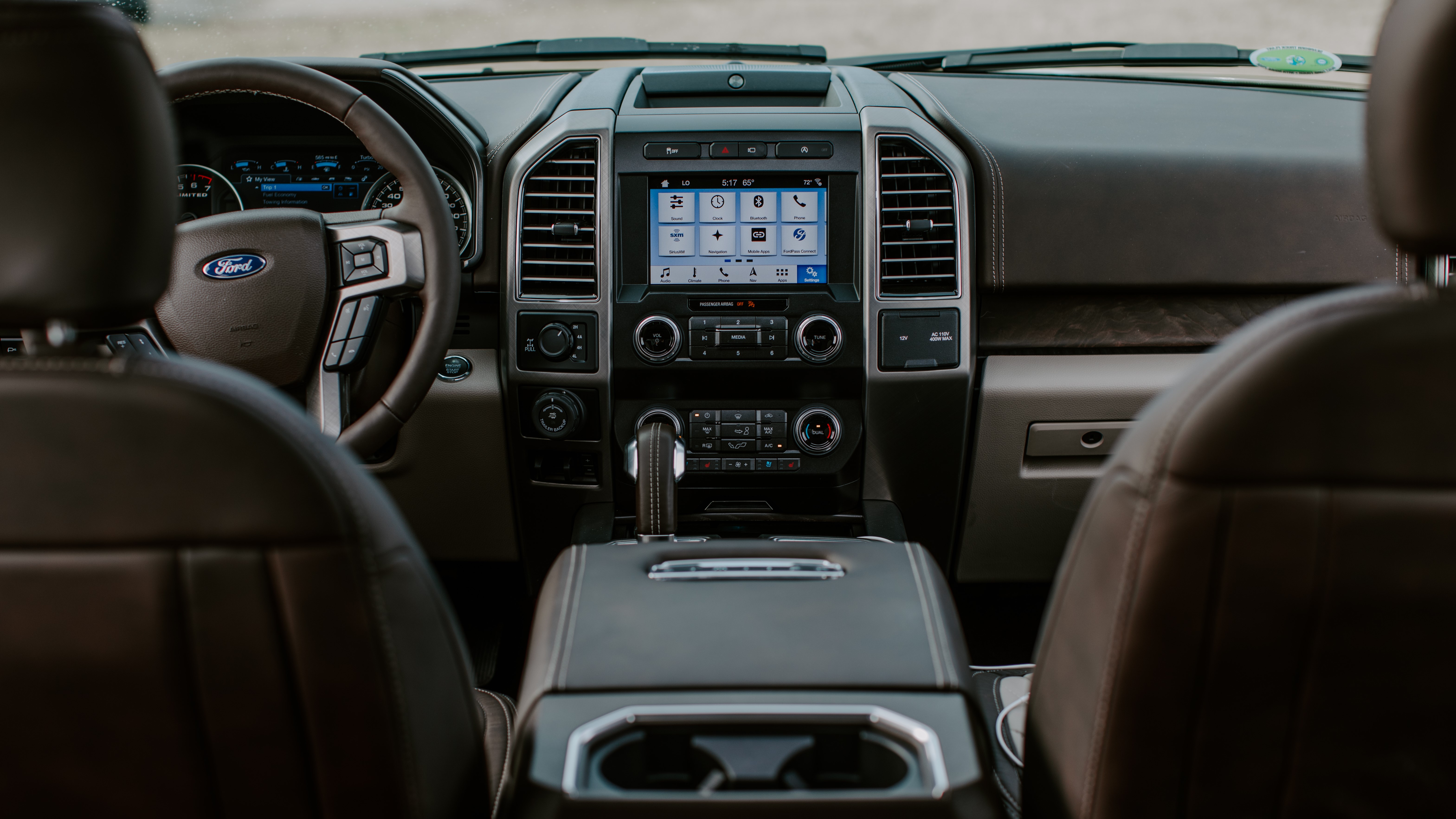
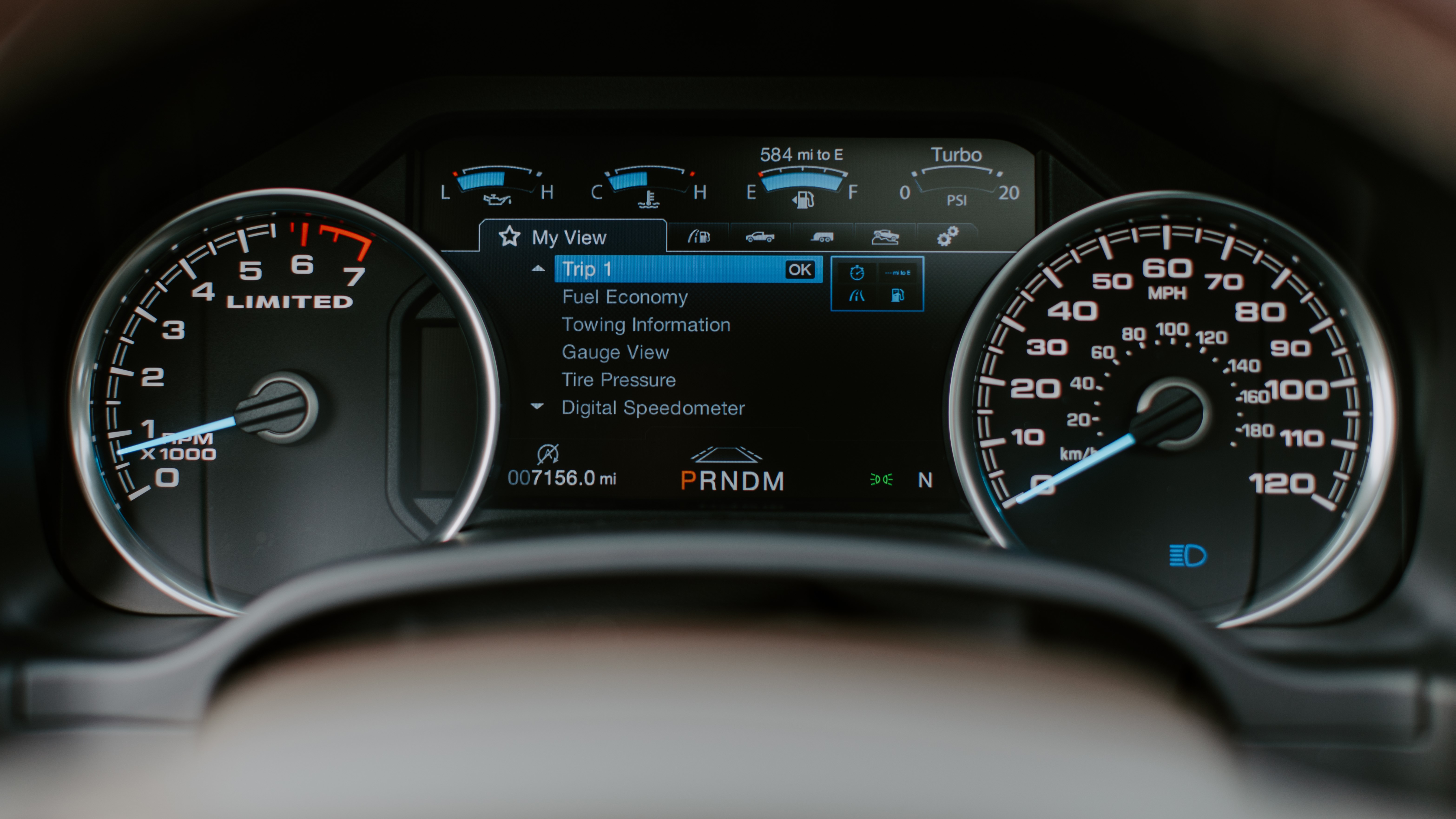
You can configure the alerts and aids
Some lane-keeping systems only give you the option to enable or disable the feature. In the early days of lane-keeping tech, it was often a harsh nudge from the steering or by using the front or rear brakes, but it always felt too pronounced.
On the F-150, you can choose to receive only an alert when you drift out of a lane, an alert and an aid, or just an aid. I preferred to have only the aid enabled because I don’t like the constant blips and pings.
Get daily insight, inspiration and deals in your inbox
Sign up for breaking news, reviews, opinion, top tech deals, and more.
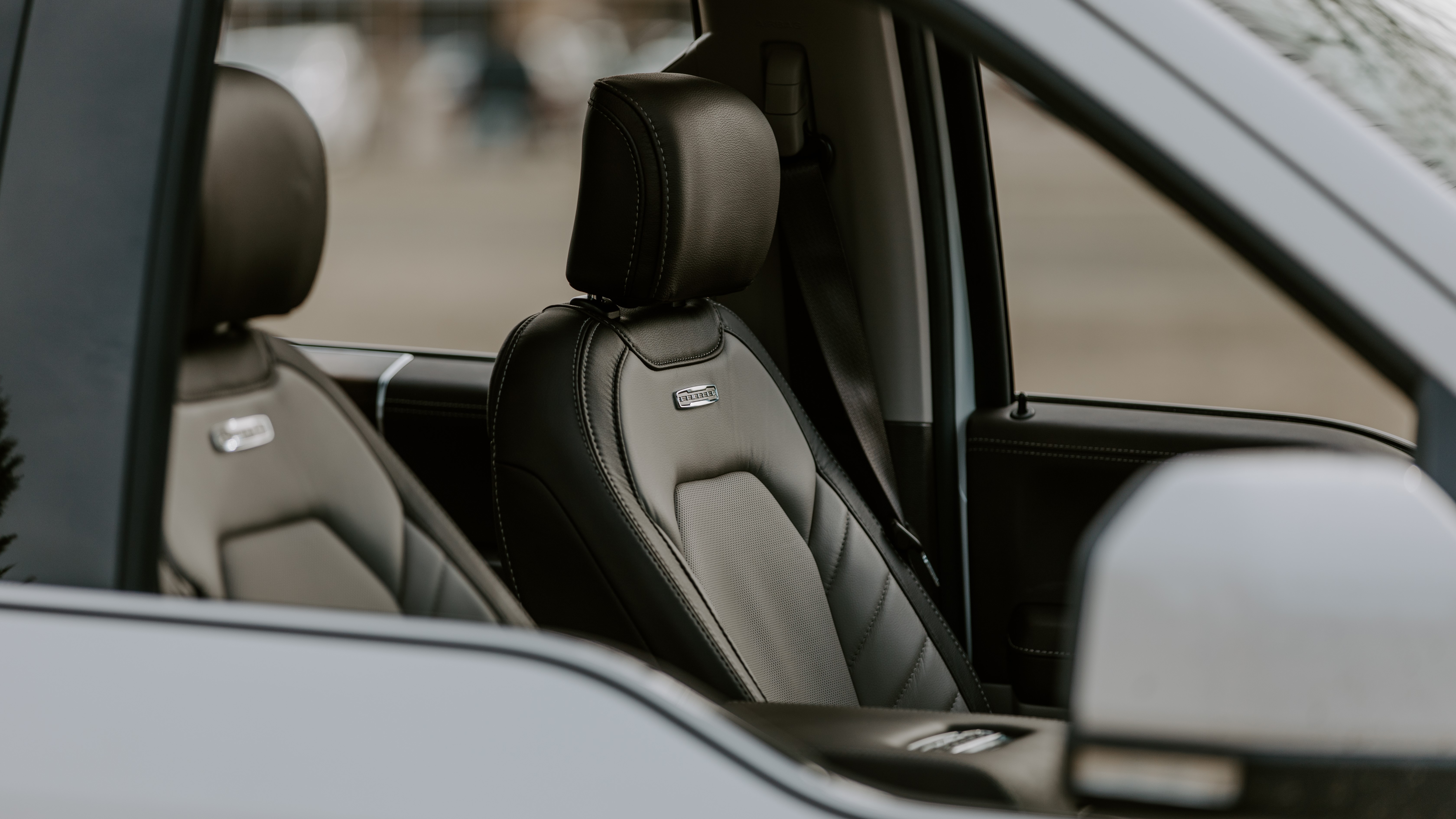
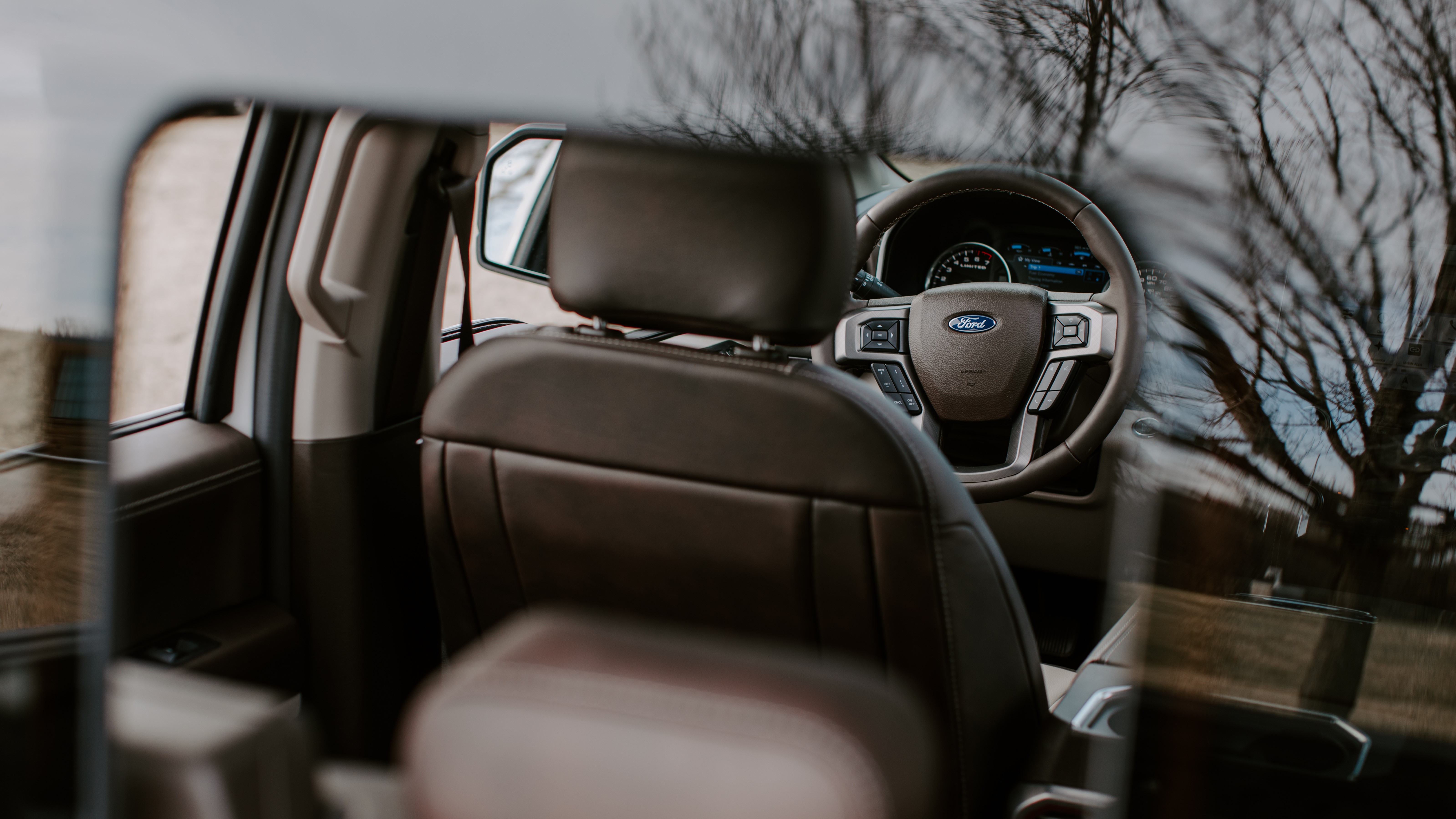
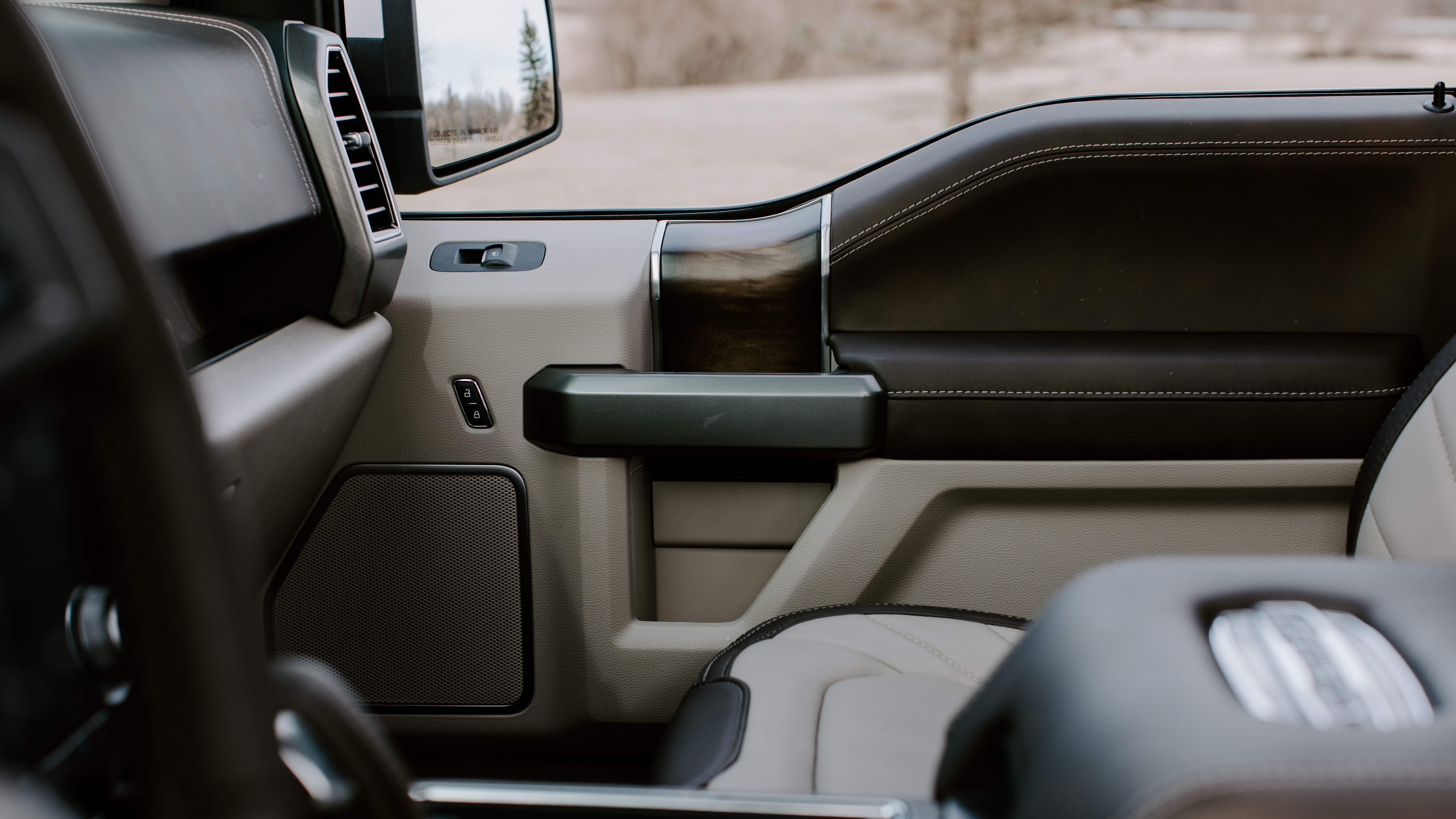
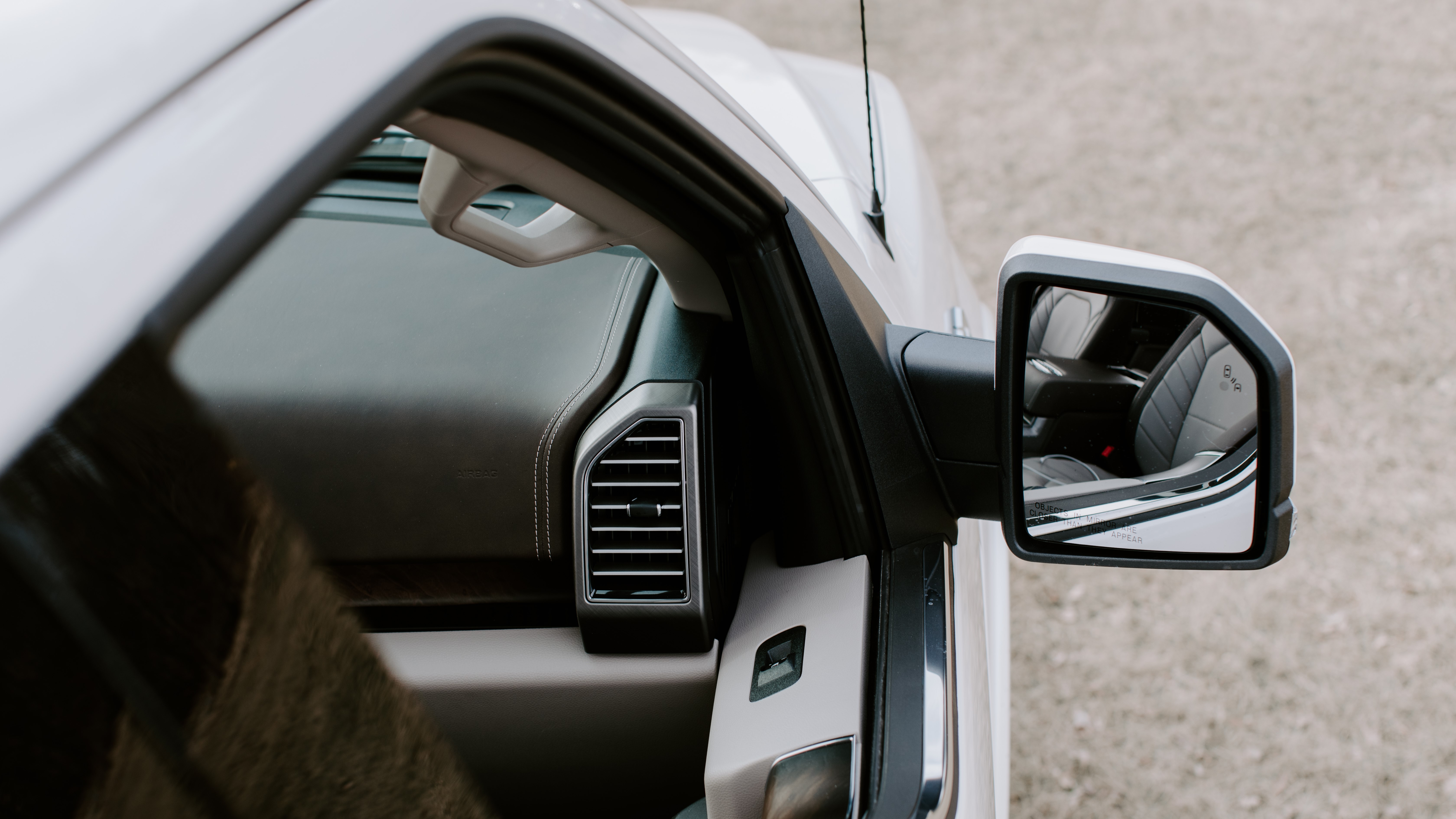
This will only get better
My main discovery is that the F-150 lane-keeping is better than I recall from previous vehicle test, even recently. I’ve noticed specifically that Ford lane-keeping is improving, slowly but surely. It’s obviously the most important step in making fully autonomous cars in all makes and models, and we know that’s on the roadmap for Ford vehicles by 2021.
Overall, lane-keeping is a smart addition on a truck and fairly new, so if you’re wondering if it is really worth the expense, it does have several benefits for keeping a beast of a truck on the road, no matter how much you are hauling behind you or in the truck bed.
On The Road is TechRadar's regular look at the futuristic tech in today's hottest cars. John Brandon, a journalist who's been writing about cars for 12 years, puts a new car and its cutting-edge tech through the paces every week. One goal: To find out which new technologies will lead us to fully self-driving cars.
John Brandon has covered gadgets and cars for the past 12 years having published over 12,000 articles and tested nearly 8,000 products. He's nothing if not prolific. Before starting his writing career, he led an Information Design practice at a large consumer electronics retailer in the US. His hobbies include deep sea exploration, complaining about the weather, and engineering a vast multiverse conspiracy.
